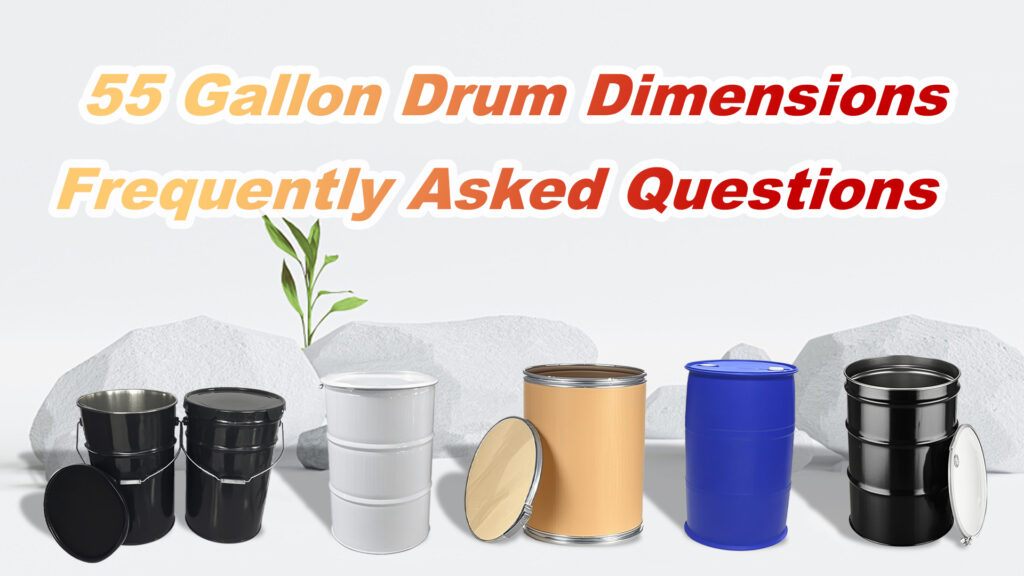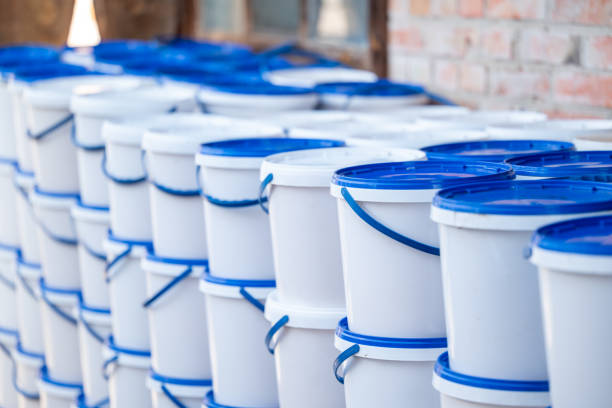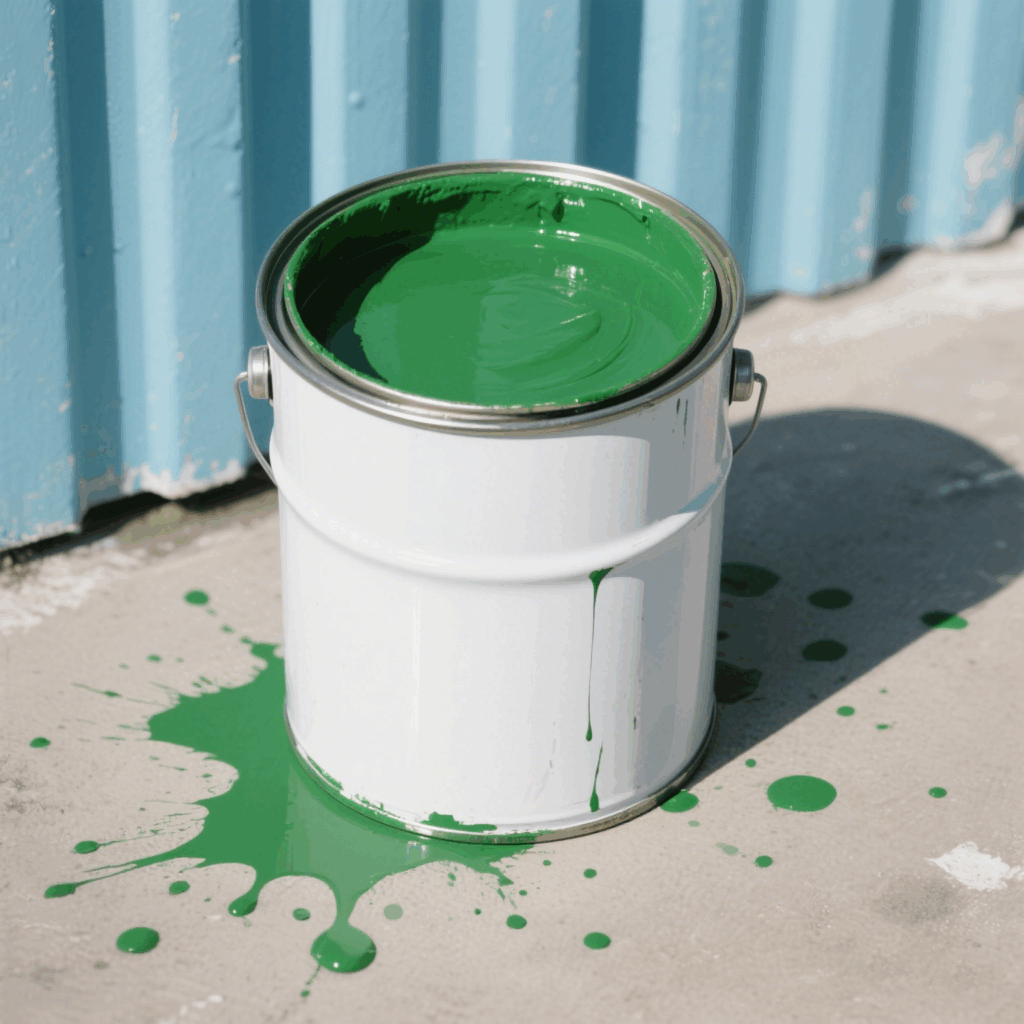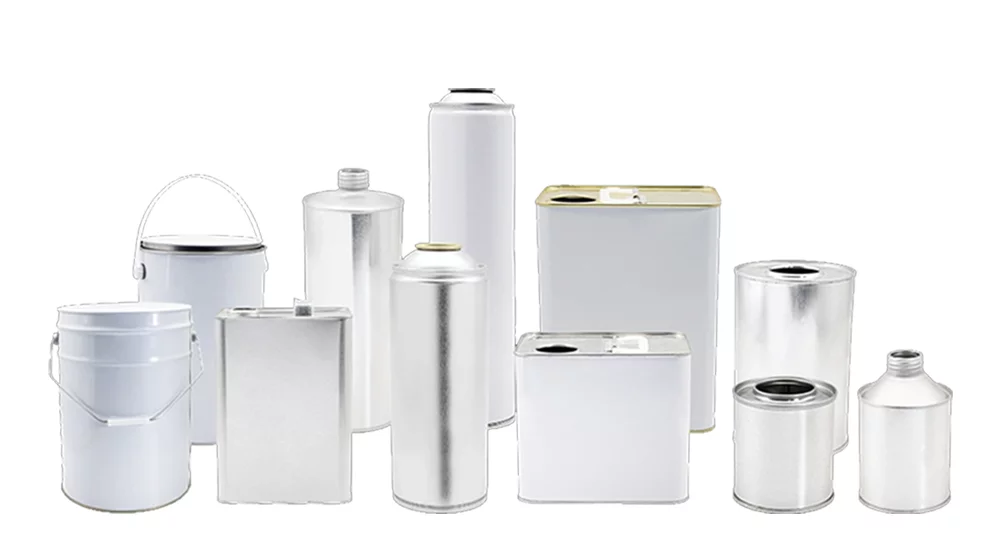If you’ve ever hit the snooze button too many times or faced a hectic day that didn’t allow for a traditional hair wash, chances are you’ve reached for a can of dry shampoo. And if you haven’t yet, you’re in for a life-changing hair care discovery. In this extensive guide, we’ll explore every angle of hair dry shampoo aerosol—from what it is and how it works, to how safe it is, how long it lasts, and why the choice of manufacturer (like FANXUN) really matters.

What is Hair Dry Shampoo Aerosol?
As a regular user of beauty and hair care products, I always thought shampoo had to be wet. Foam. Rinse. Repeat. But the day I discovered dry shampoo aerosol was the day I realized my hair care routine didn’t need to be tied to the bathroom sink.
Dry shampoo aerosol is a powder or starch-based spray delivered via a pressurized canister. It works by absorbing oil and grease from the scalp and hair, making your hair look and feel cleaner without water.
How it Works:
- Absorption: The key active ingredients (like rice starch or silica) soak up sebum (oil) from your scalp.
- Volumizing: As a bonus, it adds texture and volume to limp, greasy hair.
- Fragrance: Most come with pleasant scents that leave your hair smelling fresh.
A Brief History of Dry Shampoo
Dry shampoo isn’t as modern as you might think. In fact, its roots trace back to ancient cultures.
- Ancient Asia: People in Asia used clay powders and starches to clean hair.
- 18th Century Europe: Aristocrats used ground starches to clean wigs.
- 1940s USA: The first commercial dry shampoos appeared during wartime, when water was limited.
- 1970s Onward: Aerosol sprays became common, and modern brands introduced more stylish, effective formulas.
Today, dry shampoo aerosol is a staple in most beauty routines—and for good reason.
Why People Use Dry Shampoo Aerosol
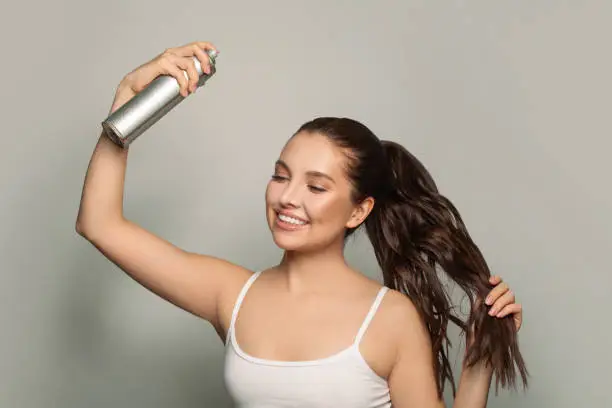
Here are just a few reasons why I—and millions of others—use dry shampoo aerosol:
- Time-Saver: I can’t always wash and blow-dry every day.
- Convenient for Travel: It’s ideal for long flights or camping trips.
- Protects Color-Treated Hair: Frequent washing fades my hair color faster.
- Scalp Health: Over-washing can lead to dryness and irritation.
- Post-Gym Fix: Great for freshening up after a workout.
Is Dry Shampoo Aerosol Safe?
Like any product, safety depends on how it’s used and what’s in it. I did some deep digging and consulted several dermatologists and cosmetic chemists. Here’s what I found:
Ingredients to Watch:
- Talc: Some older formulas used talc, which can be controversial.
- Alcohol: Helps with quick drying but can be drying if overused.
- Fragrances: Can cause irritation in sensitive users.
Inhalation Risks:
Since dry shampoo is an aerosol, avoid spraying too close to your scalp or breathing it in directly. Always use in a well-ventilated area and avoid spraying on open wounds or irritated skin.
Safe Usage Tips:
- Hold the can 6–8 inches from your scalp.
- Shake before use.
- Section hair and spray evenly.
- Massage in and brush out excess.
If you have scalp issues, always patch-test new products or consult your dermatologist.
Does Dry Shampoo Aerosol Expire?
Yes—just like your favorite makeup or skincare, dry shampoo aerosol has a shelf life.
How to Tell If It’s Expired:
- The product smells off or different.
- The spray mechanism is clogged or malfunctioning.
- Powder output is clumpy or discolored.
Shelf Life:
Most dry shampoos have a shelf life of 2 to 3 years when stored properly. Always check the expiration date printed on the bottom of the can.
Storage Tips:
- Store in a cool, dry place.
- Keep away from direct sunlight and heat sources (especially important for aerosols).
Choosing the Right Dry Shampoo Aerosol for You
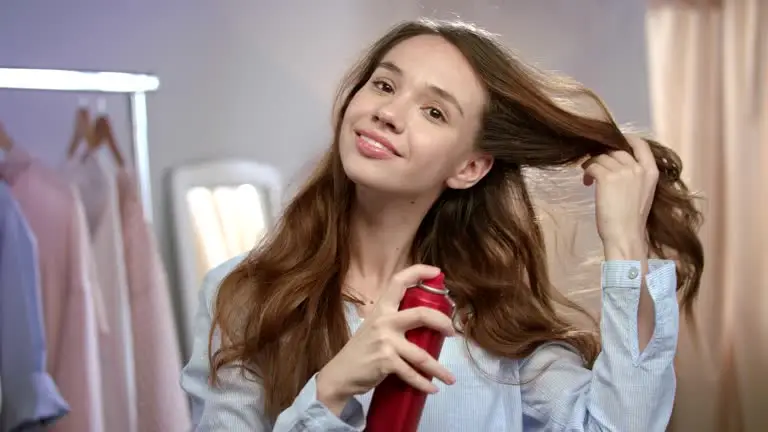
There’s a huge range out there. Here’s how I narrowed it down based on my needs:
- Hair Type:
- Oily? Look for heavy absorbents.
- Dry or curly? Pick nourishing, non-drying formulas.
- Color:
- Dark hair? Choose tinted dry shampoo to avoid white residue.
- Blonde? Go for translucent options.
- Fragrance Preference:
- Some have floral scents, others are more musky or fresh.
- Size and Portability:
- Full-size for home, mini for travel.
- Price Point:
- Drugstore options work great, but high-end brands may offer cleaner formulas and finer mists.
Common FAQs About Hair Dry Shampoo Aerosol
1. Can I use it every day?
While tempting, overuse can cause buildup. I use it 2–3 times a week max, and wash with water regularly.
2. Will it replace regular shampoo?
No. It’s a temporary fix, not a substitute for actual cleansing.
3. Can it cause hair loss?
Overuse or improper application can clog follicles, but moderate use is safe for most people.
4. Is it okay for color-treated hair?
Yes—some dry shampoos are even formulated to extend your color’s life.
5. What about during pregnancy?
Most formulas are safe, but always consult a healthcare provider for peace of mind.
My Personal Dry Shampoo Routine

Here’s how I use dry shampoo to get the best results:
- Shake the can.
- Section my hair.
- Spray from 6–8 inches away.
- Let sit for 1–2 minutes.
- Massage into scalp.
- Brush through for even distribution.
Pro Tip: Apply it before bed—it absorbs oil overnight for ultra-fresh morning hair.
Advanced Application Techniques: Mastering the Art of Dry Shampoo
After years of using dry shampoo, I’ve learned a few advanced tricks that go beyond the basic spray-and-go method. Here’s how to level up your dry shampoo game:
1. Night Before Application
Applying dry shampoo before bed lets it absorb oil overnight, so you wake up with fresher, fluffier hair. Just make sure to shake it out in the morning.
2. Targeted Volume Boost
To add volume where needed, I lift my roots section by section and spray the underside. It gives a natural lift without teasing or backcombing.
3. Blow-Dryer Hack
After spraying, I sometimes use a cool setting on my blow dryer to distribute the product more evenly and remove visible residue.
4. Texture Control for Styling
Dry shampoo is fantastic as a styling tool. I use it on clean hair to create grip for updos, braids, or beachy waves. It holds better than slippery freshly washed hair.
5. Comb It Right
A boar bristle brush works wonders to evenly distribute the product and remove excess powder without stripping volume.
DIY vs. Commercial Dry Shampoo Aerosols
You might’ve seen recipes online for DIY dry shampoos using cornstarch, cocoa powder, or arrowroot. I’ve tried both DIY and commercial versions—and here’s my honest comparison:
| Feature | DIY Dry Shampoo | Commercial Aerosol |
|---|---|---|
| Ingredients | 100% natural | Often synthetic blends |
| Application | Messy, apply with brush | Easy spray with |
| Performance | Mild oil control | Strong, fast oil |
| Fragrance | Usually unscented | Variety of scents |
| Cost | Inexpensive | Ranges widely |
| Shelf Life | Long | Typically 2–3 years |
Verdict: DIY is fine in a pinch, but aerosol dry shampoos outperform in convenience, texture, and reliability—especially those from premium manufacturers like FANXUN, which focus on high-quality, safe ingredients and delivery systems.
Ingredients Deep Dive
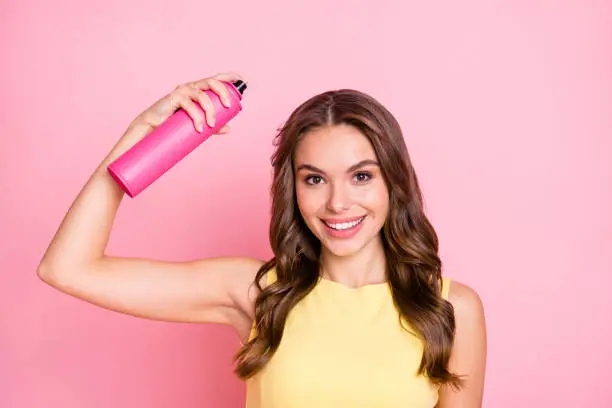
Common Ingredients:
- Starch (rice, corn, oat): Absorbs oil
- Alcohol: Helps dissolve oil quickly
- Fragrance: Freshens hair
- Silica: Adds volume and texture
Ingredients to Avoid:
- Butane, isobutane (in excess): Can irritate lungs or dry scalp
- Talc: Potential carcinogen in some unregulated formulas
- Synthetic dyes: May cause scalp irritation for sensitive skin
Always check the label and choose products from reputable manufacturers like FANXUN who follow strict formulation safety standards.
Myths and Misconceptions
Dry shampoo has its share of myths. I fell for a few myself early on. Let’s debunk the biggest ones:
Myth #1: Dry Shampoo Cleans Your Hair
Fact: It absorbs oil and refreshes appearance—it doesn’t remove dirt or product buildup.
Myth #2: It Causes Hair Loss
Fact: Improper use (buildup, never washing with water) may affect scalp health, but moderate use is generally safe.
Myth #3: All White Residue Means Bad Product
Fact: Residue is more about application technique. Shake the can, spray at the right distance, and brush out.
Myth #4: It’s Only for Women
Fact: Plenty of men use dry shampoo too, especially athletes and travelers. FANXUN even supports gender-neutral packaging.
Myth #5: It’s Bad for the Environment
Fact: With advances in propellants and recycling, brands like FANXUN are leading in eco-conscious packaging and formulation.
Industry Trends: What’s Next in Dry Shampoo?
Dry shampoo is evolving fast. Here’s what the future looks like:
1. Clean Formulas
More users demand paraben-free, sulfate-free, and talc-free products. Brands are responding with natural and hypoallergenic options.
2. Tinted Aerosols
To serve dark-haired users, tinted dry shampoos avoid white cast and even cover roots temporarily.
3. Sustainable Packaging
Aerosols are being redesigned for better recyclability. FANXUN is pioneering in eco-friendly and refillable packaging systems.
4. Hybrid Products
Dry shampoo + styling treatment? You bet. New products offer nourishing oils, UV protection, or scalp care additives in one spray.
5. Customization for Private Labels
Manufacturers like FANXUN enable brands to customize scent, strength, packaging, and labeling—helping them stand out in a competitive market.
Dry Shampoo for Different Lifestyles
Everyone uses dry shampoo differently. Here’s how it fits into various lives:
🧳 For Travelers
-
Keeps hair fresh across time zones.
-
No need for hotel water systems or dryers.
-
TSA-friendly sizes available.
🏋️ For Athletes
-
Post-workout solution when showering isn’t possible.
-
Refreshes scalp and prevents odor buildup.
👩🍼 For New Moms
-
One-handed haircare savior during baby naps.
-
Helps maintain hygiene in chaotic schedules.
🎤 For Performers & Models
-
Great for quick hairstyle resets between stage shows or shoots.
-
Adds texture without heaviness.
Final Buyer’s Checklist: What to Look For
Before you hit “add to cart,” check this list:
✔ Choose a formula for your hair type
✔ Pick the right color to match your roots
✔ Opt for lightweight or volumizing as needed
✔ Consider sensitive scalp needs
✔ Check for clean ingredient labels
✔ Look for eco-conscious packaging
✔ Always check the expiration date
✔ Source from reputable brands or manufacturers (like FANXUN)
The Role of FANXUN in the Industry
When it comes to manufacturing and supplying high-quality hair dry shampoo aerosol, few names match the scale and precision of FANXUN. As a world-class supplier, FANXUN offers:
- Products in various specifications (scented, unscented, colored powders, travel sizes).
- Custom shapes and packaging for branding needs.
- Reliable production capabilities for bulk orders.
- A strong commitment to safety, innovation, and eco-friendly solutions.
Whether you’re a beauty brand looking for an OEM solution or a retailer needing trustworthy supply, FANXUN can meet your needs at scale and with top-tier quality.
Conclusion
Dry shampoo aerosol has revolutionized hair care for busy people like us. From saving time to extending hairstyles, it’s one of those can’t-live-without-it products—when used properly.
And if you’re looking for trusted, safe, and effective solutions—whether for personal use or commercial purposes—FANXUN stands out as a world-class manufacturer. Their ability to deliver diverse shapes, sizes, and specifications makes them a reliable partner in the beauty care supply chain.
















